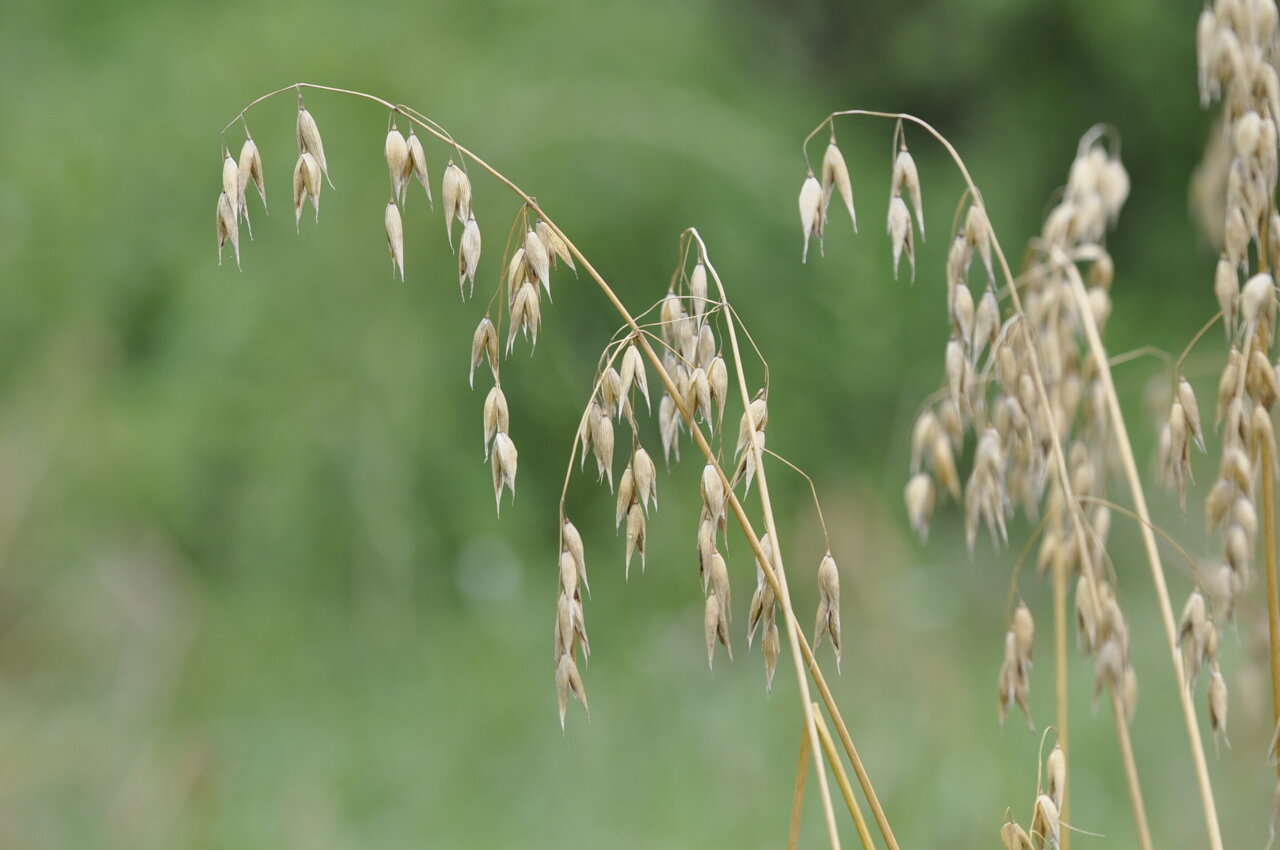
x close

Oats, Avenue sativa, is one of the top ten cereal crops in terms of global production Credit: F. Welter-Schultes
Oats are among the top ten cereal crops in terms of global products. It can adapt to different climates and farmers can grow it successfully even in harsh environments. Rønner, where other crops such as rice and maize fail. However, not all oat plants are the same Based on their kernels, two major oat varieties can be easily distinguished: hulled, kernels that are covered in an inedible shell, and naked, kernels that have a soft outer covering that easily separated from the edible grain during threshing.
To obtain information about the origin of these different varieties, researchers in China have sequenced the genomes of over 100 oat plants from around the world. Their analyzes show that, contrary to current belief—that the two varieties came from one domestication event—the hulled and naked oats were domesticated independently. The work is published in the journal GigaScience.
It is believed that the common oat (Avena sativa), which today is cultivated all over the world, was domesticated in Europe about 3,000 years ago. In contrast, the origin of naked oats, which today is cultivated mainly in China, is still unclear. Many researchers consider naked oats to be a variant of hulled oats, speculating that a mutation occurred after hulled oats were introduced in China. But new genomic data on the population generated and analyzed by the lab of Prof. Bing Han at Inner Mongolia Agricultural University (IM AU) ) tell a different story.
Rather than being a variety of common oat that diverged relatively recently, the authors estimate that hulled oat and naked oat diverged ca. The analyzes in the study include a set of whole genome sequences, including 89 naked oat and 22 hulled oat plants, as well as four other closely related hexaploid species from around the world.
Additional findings in this study, derived from a deeper analysis of this large data set, support this view. For example, if naked oats had recently split from hulled oats, geneticists would have expected to see evidence of a population bottleneck in the naked oats, which would have reduced the genetic diversity of the naked oat population, but the researchers found the opposite: in their data : The genetic diversity of naked oats is higher than that of hulled oats, not the other way around.
The overall picture that emerges from the data is still rather complex, explains Prof. Bing Han, “The breeding of naked oats in China has gone through, he direct collection and exploitation of landraces, crossing between naked oat varieties and crossing of naked oats with hulled oats.” All of this can add to the complexity of the results and leave much more to be discovered about the genetic history behind naked oats.
The results in this work demonstrate the power of large-scale genome sequencing to improve understanding of the domestic history of one of the most important crop species feeding the world today.
More information:
Bing Han, Genome resequencing reveals independent domestication and breeding improvement of naked oat, GigaScience (2023). DOI: 10.1093/gigascience/giad061. academic.oup.com/gigascience/a…/gigascience/giad061
Nan Jinsheng et al, Supporting data for “Genome sequencing reveals independent domestication and breeding improvement of naked oat”, GigaScience Database (2023). DOI: 10.5524/102412
dx.doi.org/10.5524/102412
"oat" - Google News
August 01, 2023 at 06:11AM
https://ift.tt/dySTqm6
Genomic data rewrites the history of oat domestication in China - thegoaspotlight.com/china - The Goa Spotlight
"oat" - Google News
https://ift.tt/3dVB9PY
https://ift.tt/PaHUuR6
Bagikan Berita Ini














0 Response to "Genomic data rewrites the history of oat domestication in China - thegoaspotlight.com/china - The Goa Spotlight"
Post a Comment